As we know, the increase in waste sources from the mainland, especially the flow from rivers to the sea, leads to the marine environment in many places tending to decline in quality. Many coastal estuaries have been polluted by industrial and urban wastewater. The situation of discharging untreated waste or waste that has not been treated to standards is becoming more and more complicated, causing economic damage, life, livelihood of coastal communities and unpredictable damage to the marine ecosystem.
The marine environment is being polluted.
Pollution of organic waste and other waste has been occurring in coastal provinces and cities, especially in estuaries. Regarding marine waste sources, waste from aquaculture and marine tourism activities has the greatest impact and is the direct cause of local environmental pollution in some coastal areas. In addition, the increase in ocean plastic waste in recent years has become a global problem and a great pressure on marine waste management. Along with the development of the marine economy, the growth of industries, exploitation and aquaculture, population concentration, and urbanization in coastal areas have been putting a lot of pressure on the marine environment due to the increase in wastewater, solid waste as well as the need to exploit and use resources. Thus, it can be seen that the amount of urban domestic wastewater collected and treated is very low, not to mention the uncontrolled amount of rural domestic wastewater in coastal areas and waste sources from socio-economic development activities are one of the major pressures on the marine environment. Marine waste not only affects daily life, but also affects the fishing and tourism activities of Binh Thuan province.
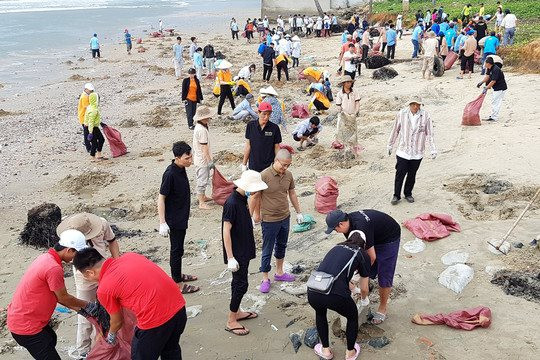
With 192 km of coastline, Binh Thuan province has great advantages to develop the marine economy, including seafood exploitation activities. Although propaganda work has been strengthened as well as many waste collection campaigns have been organized, many coastal areas of the province are still polluted by people's habit of littering. Every time the south wind season comes, waste from offshore washes up along the shore and causes many beautiful, poetic beaches to become polluted. In addition, domestic waste in coastal areas and coastal residential areas has not been thoroughly collected, leading to the situation of dumping waste on the coast and rivers. In addition, there are still small-scale, manual production facilities located in coastal residential areas that pose a risk of environmental pollution and have not been relocated or converted to new technology. Many production and business establishments have not invested properly in wastewater and exhaust gas treatment facilities, and have not met the State's standards...
Approving the strategy for protecting the marine and island environment
To contribute to creating a new look and improving the quality of living environment for coastal and island residents, functional departments and localities in the province have implemented many environmental protection solutions, especially promoting the dissemination of the Law on Environmental Protection. In addition, they also focus on handling areas of environmental pollution, strengthening inspection, examination and implementation of measures to protect the marine and island environment for coastal businesses as well as handling and strictly punishing violations of environmental laws, causing pollution of the marine and island environment. On April 3, 2023, the Government issued Resolution No. 48 of the Government approving the Strategy for sustainable exploitation and use of resources, protection of the marine and island environment until 2030, with a vision to 2050. Accordingly, it will divide the use of marine space, gradually overcome conflicts and overlaps in the interests of exploitation and use of resources among sectors and levels, ensure harmony of interests of the State, enterprises, communities and people's livelihoods, ensure the marine environment, marine, coastal and island ecosystems are effectively protected, respond to climate change and rising sea levels. Implement the goals of ensuring national defense, security, exploitation and use of marine and island resources, environmental protection, biodiversity conservation, ecosystems and aquatic resources and conservation of marine cultural heritages. Restricting activities of exploiting and using resources with outdated and inefficient technologies that damage resources, pollute the environment, and reduce biodiversity. In addition, strengthening the application of international standards, norms, and regulations on sustainable development of marine economic sectors... Protecting the marine and island environment, periodically conducting investigations, statistics, classification, monitoring, and assessment of types of pollution, pollution status, and sources of marine environmental pollution. Strengthening investigations and assessments of environmental carrying capacity, determining the level of marine environmental pollution risks for marine economic development...
Source


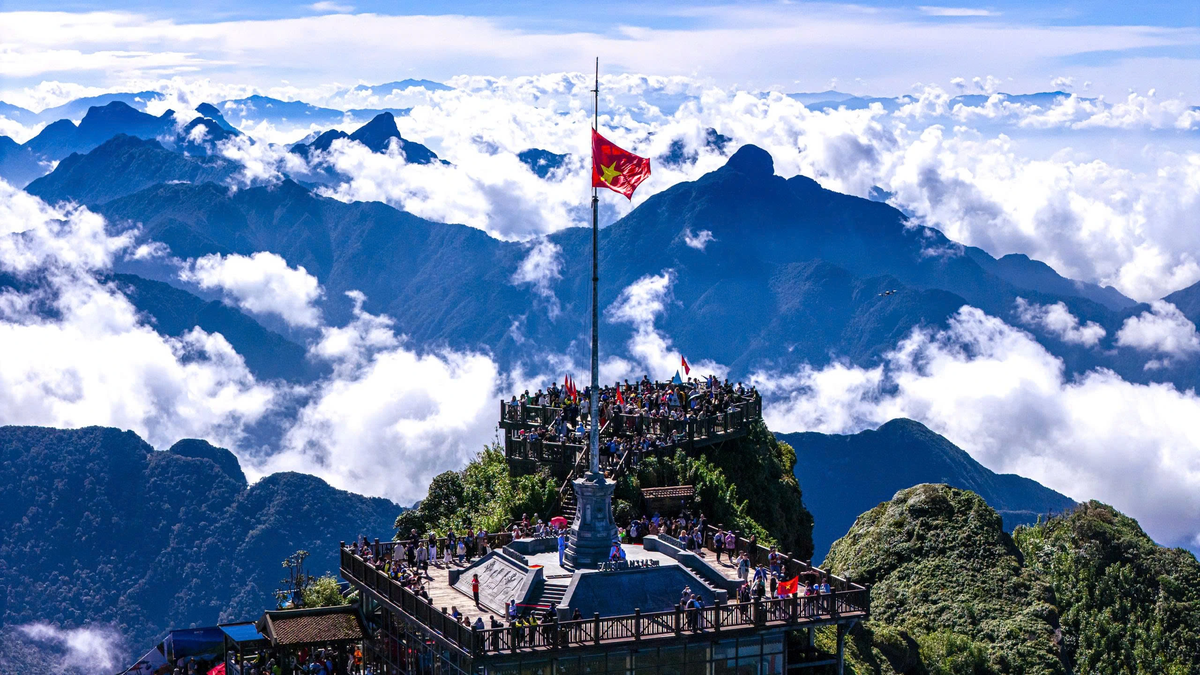

![[Photo] The 5th Patriotic Emulation Congress of the Central Inspection Commission](https://vphoto.vietnam.vn/thumb/1200x675/vietnam/resource/IMAGE/2025/10/27/1761566862838_ndo_br_1-1858-jpg.webp)





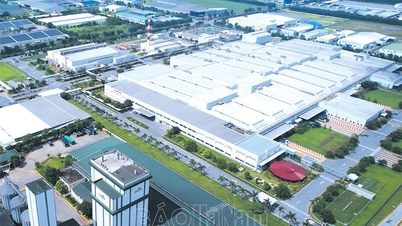

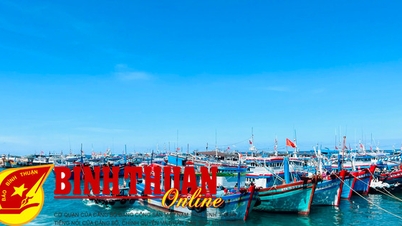




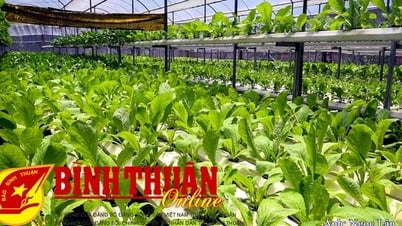


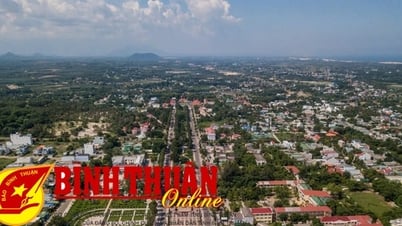










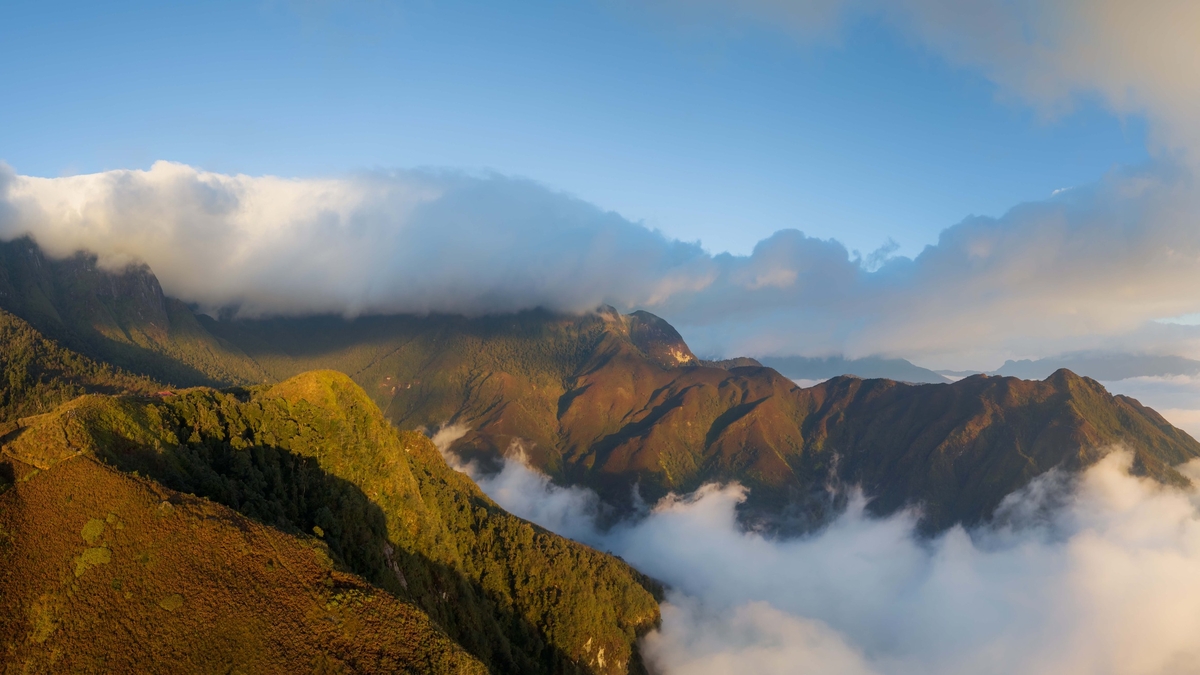
![[Photo] Party Committees of Central Party agencies summarize the implementation of Resolution No. 18-NQ/TW and the direction of the Party Congress](https://vphoto.vietnam.vn/thumb/1200x675/vietnam/resource/IMAGE/2025/10/27/1761545645968_ndo_br_1-jpg.webp)
![[Photo] National Assembly Chairman Tran Thanh Man receives Chairman of the House of Representatives of Uzbekistan Nuriddin Ismoilov](https://vphoto.vietnam.vn/thumb/1200x675/vietnam/resource/IMAGE/2025/10/27/1761542647910_bnd-2610-jpg.webp)


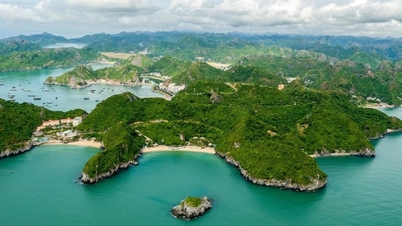

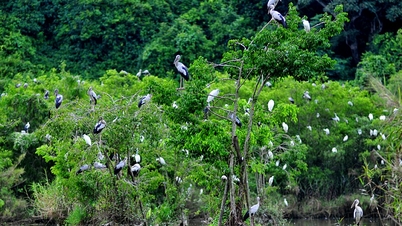

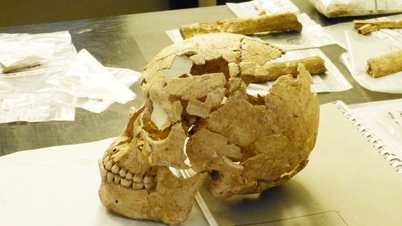

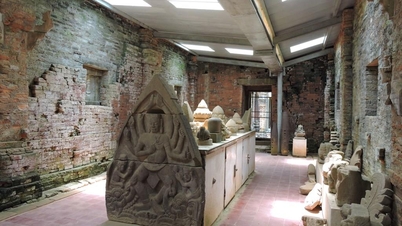



















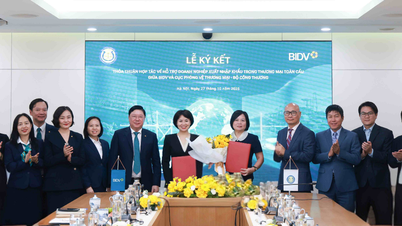



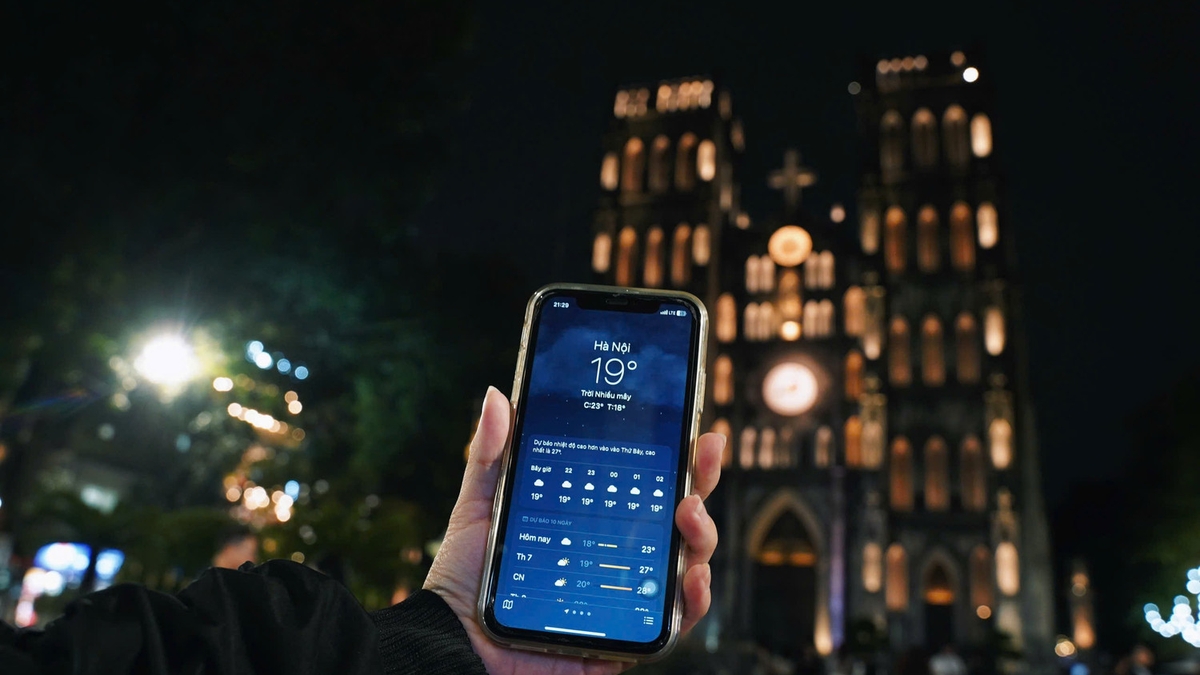
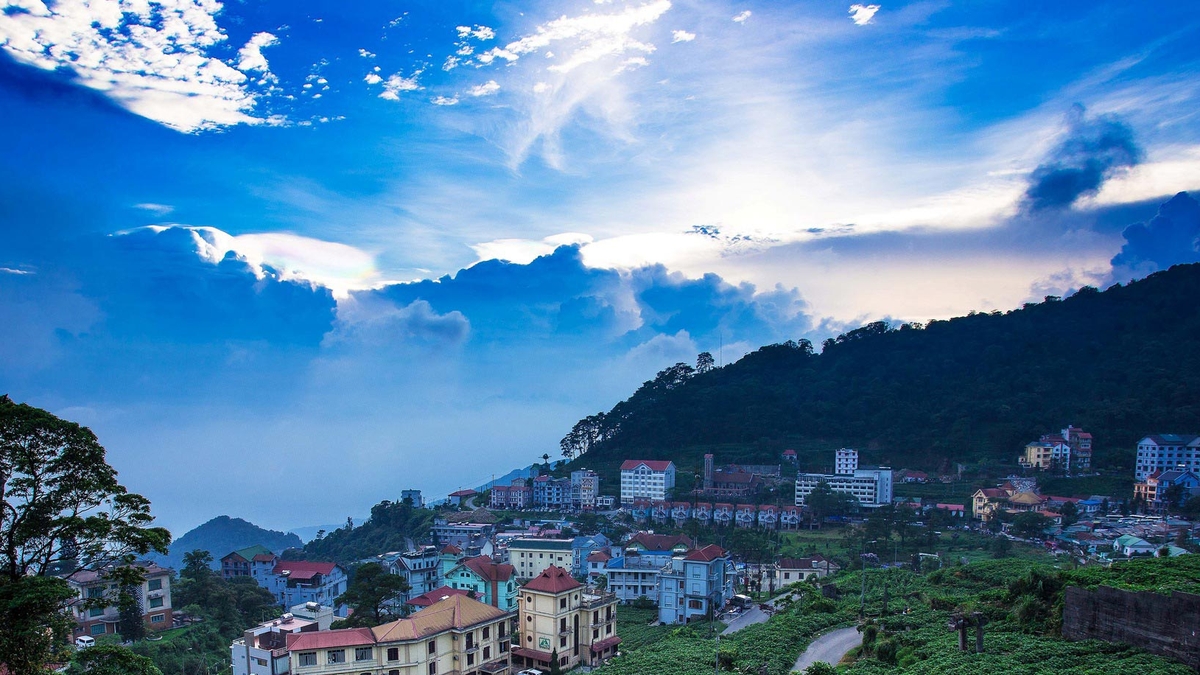

![[Photo] Prime Minister attends the 28th ASEAN-China Summit](https://vphoto.vietnam.vn/thumb/402x226/vietnam/resource/IMAGE/2025/10/28/1761624895025_image-2.jpeg)







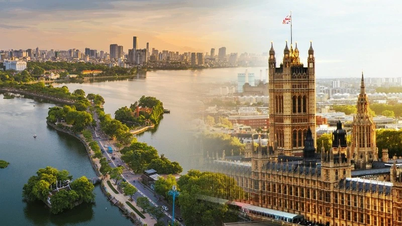



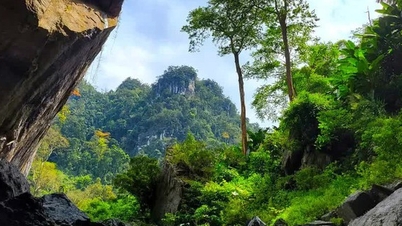

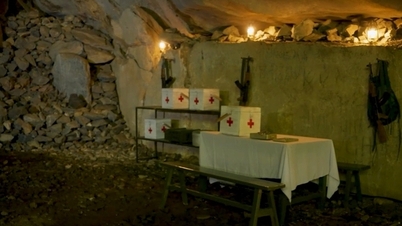
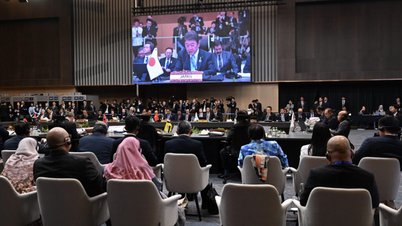




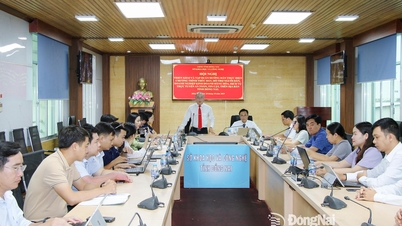



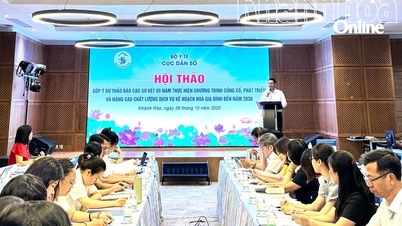

















Comment (0)